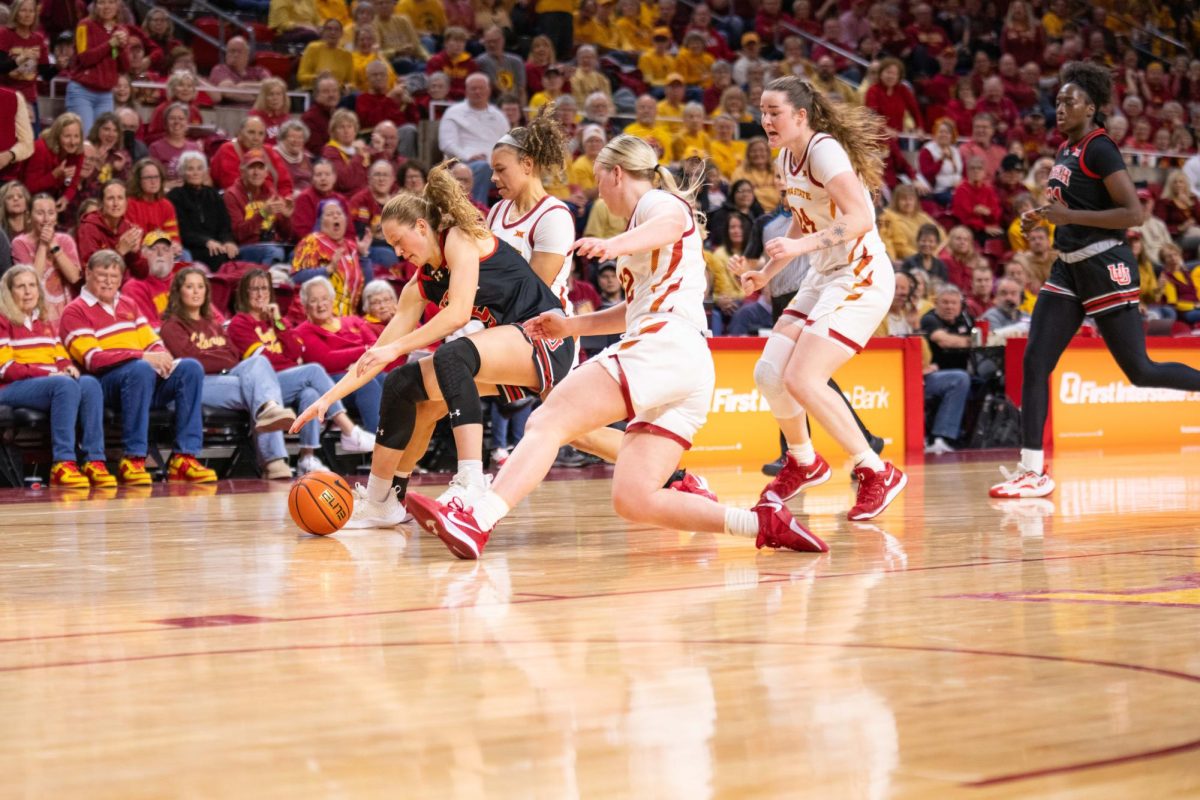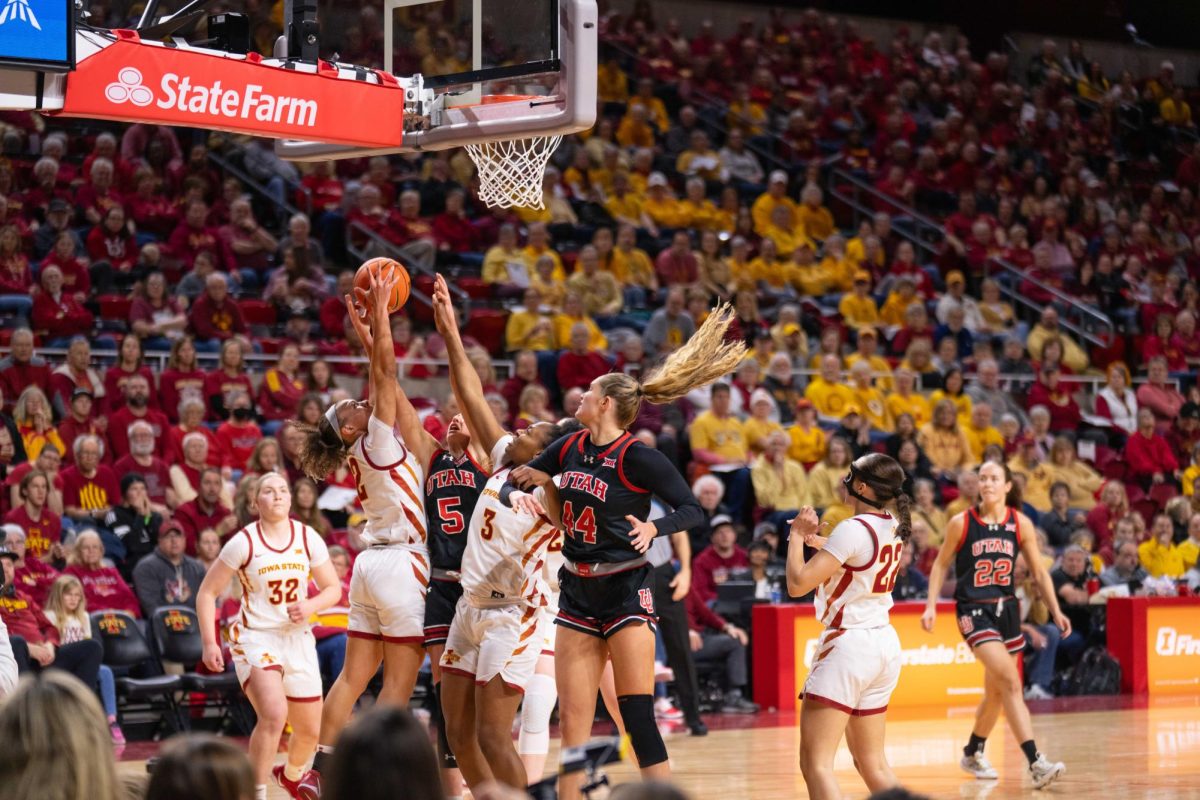Renaissance era specialist to share insight into religion, art in ‘The Da Vinci Code’
March 31, 2006
The Da Vinci Code series continues at the Brunnier Art Museum with “Religion and Art in the Age of Da Vinci” on Sunday.
This is the second-to-last program in the series that will conclude April 9 with “The Brunnier Art Mystery” that will give participants a chance to win a prize basket containing tickets to the upcoming movie, the novel itself and other goodies. The series is in anticipation of the new movie based on the book that will be released May 19.
FASTTRAK
What: Religion and Art in the Age of Da Vinci with John Cunnally
When: 2 p.m. Sunday
Where: Brunnier Art Museum
Cost: Free
Amanda Hall, security and educational assistant at the museum, said the presentation will be about an hour-long with questions and discussion following.
The speaker will be John Cunnally, associate professor in art history, whose specialty is the survival and revival of the Renaissance. Hall said Cunnally is the obvious choice to speak on the subject matter.
Allison Sheridan, collection management and education specialist at the museum, agreed.
“This is his area of expertise, and he’s pretty passionate about it,” Sheridan said.
Both museum employees are excited to hear Cunnally’s insights and hope he delves deeper into the meanings of the artworks described in the novel. Cunnally finds two distinct approaches to interpreting the book.
“The two ways you can look at the book is as a general reader who likes to read novels or as an expert, judging it from a professional point of view,” Cunnally said.
He said he does not particularly like the book from either point of view.
“It seemed to me that there is a real sense of anti-Catholicism in his books which is kind of insensitive and offensive,” Cunnally said.
The professor wanted to originally call the presentation “My Cat Knows More Art History Then Dan Brown,” he joked, concerning the considerable errors Brown makes in the novel.
Cunnally said, for instance, Brown refers to Michelangelo’s “The Last Supper” painting as a fresco, when it is in fact an oil painting on dry plaster. Fresco means painting on fresh, wet plaster with water-based colors.
“I would be embarrassed,” Cunnally said, “if any of my first-year freshmen who take a survey course about art history would call it a fresco.”
Cunnally, Hall and Sheridan all believe the audience will provide a good discussion concerning the controversy about the liberties Brown takes concerning religion.
Sheridan described the book club discussion of “The Da Vinci Code” earlier in the program series as “very heated” and found the most disturbing part of the novel – the ripping down of art off the walls – a little too much to take.
Both Sheridan and Hall enjoy how the book and upcoming movie have rejuvenated the art scene and the genre of art fiction.
“It [‘The Da Vinci Code’] has gotten people to look at art, which is great,” Sheridan said.
Cunnally agrees, adding that although the book isn’t correct, it’s better than nothing.
“It’s good that people think about history and religion and symbols,” Cunnally said. “Who cares if he didn’t quite get it right? At least it will make people look at the stuff more.”






